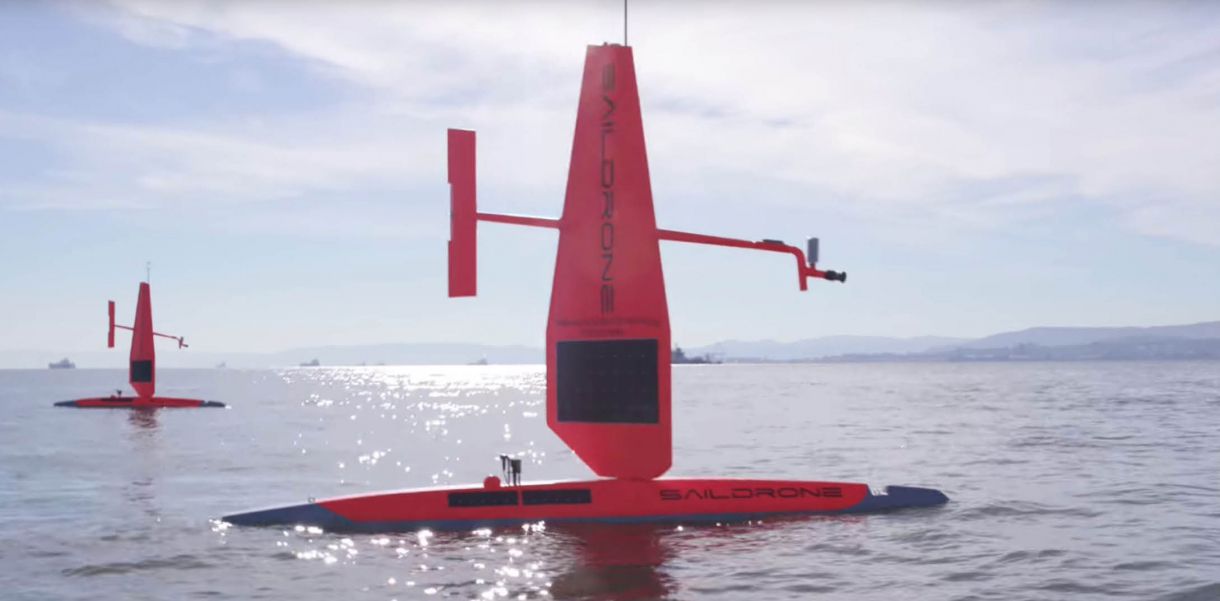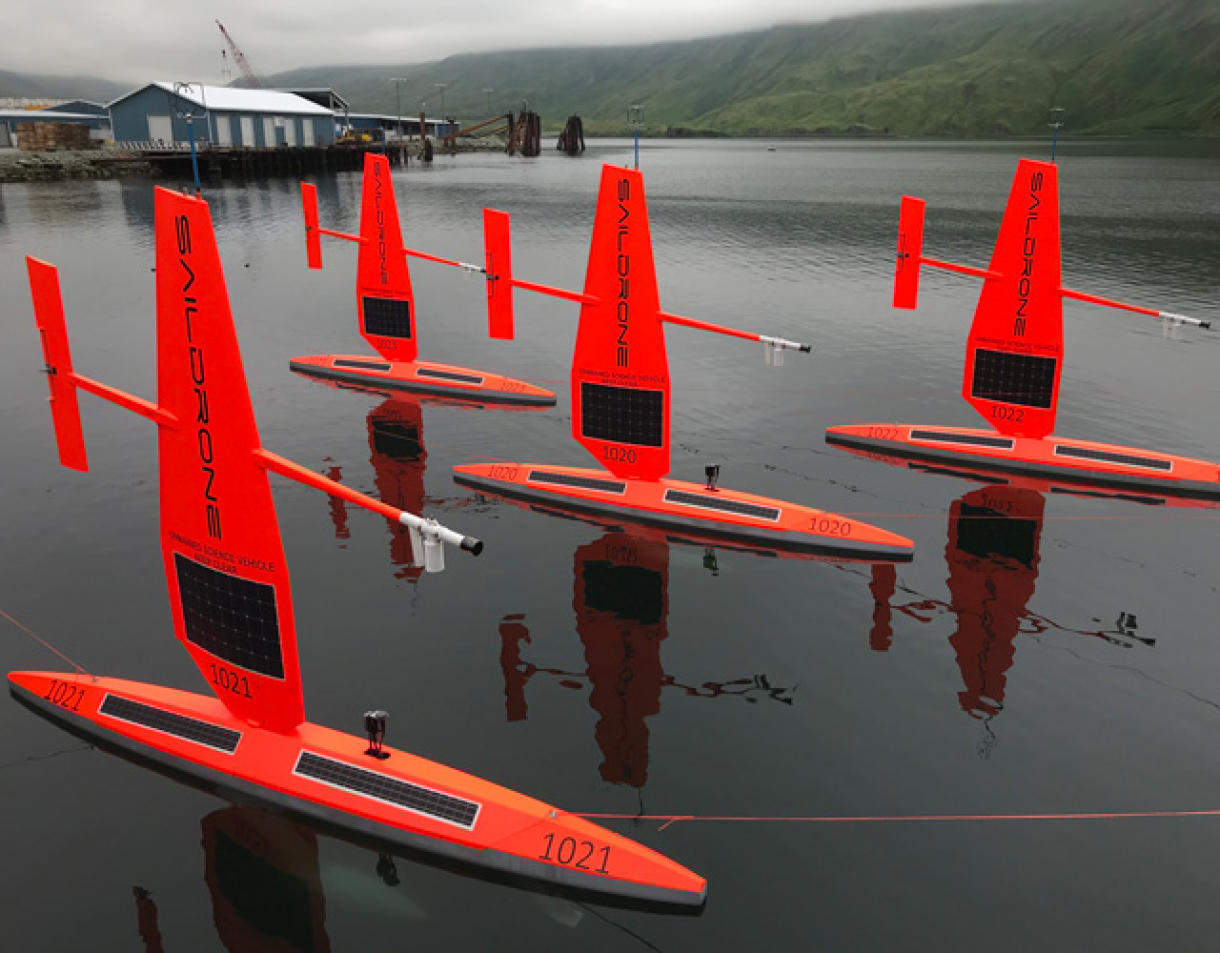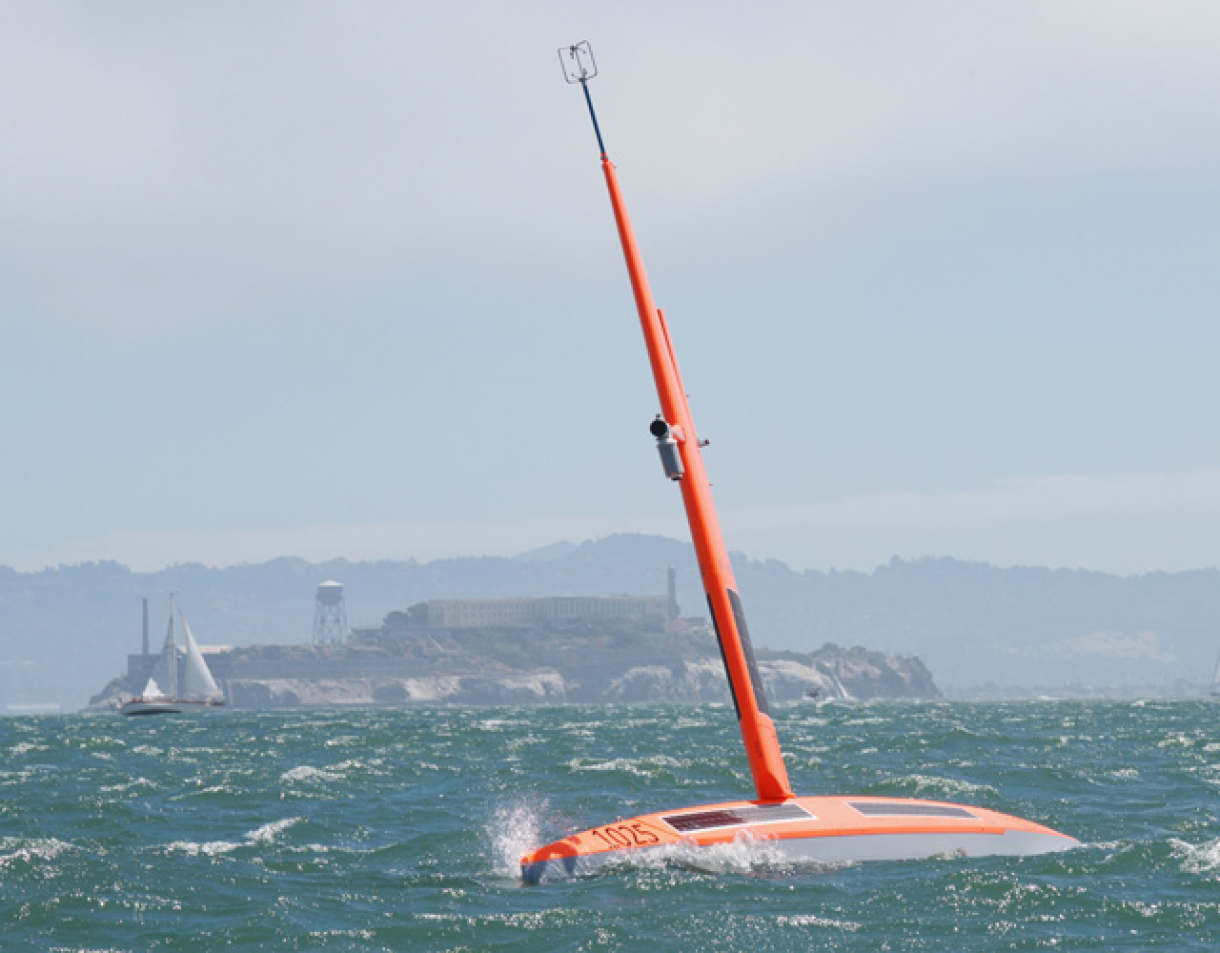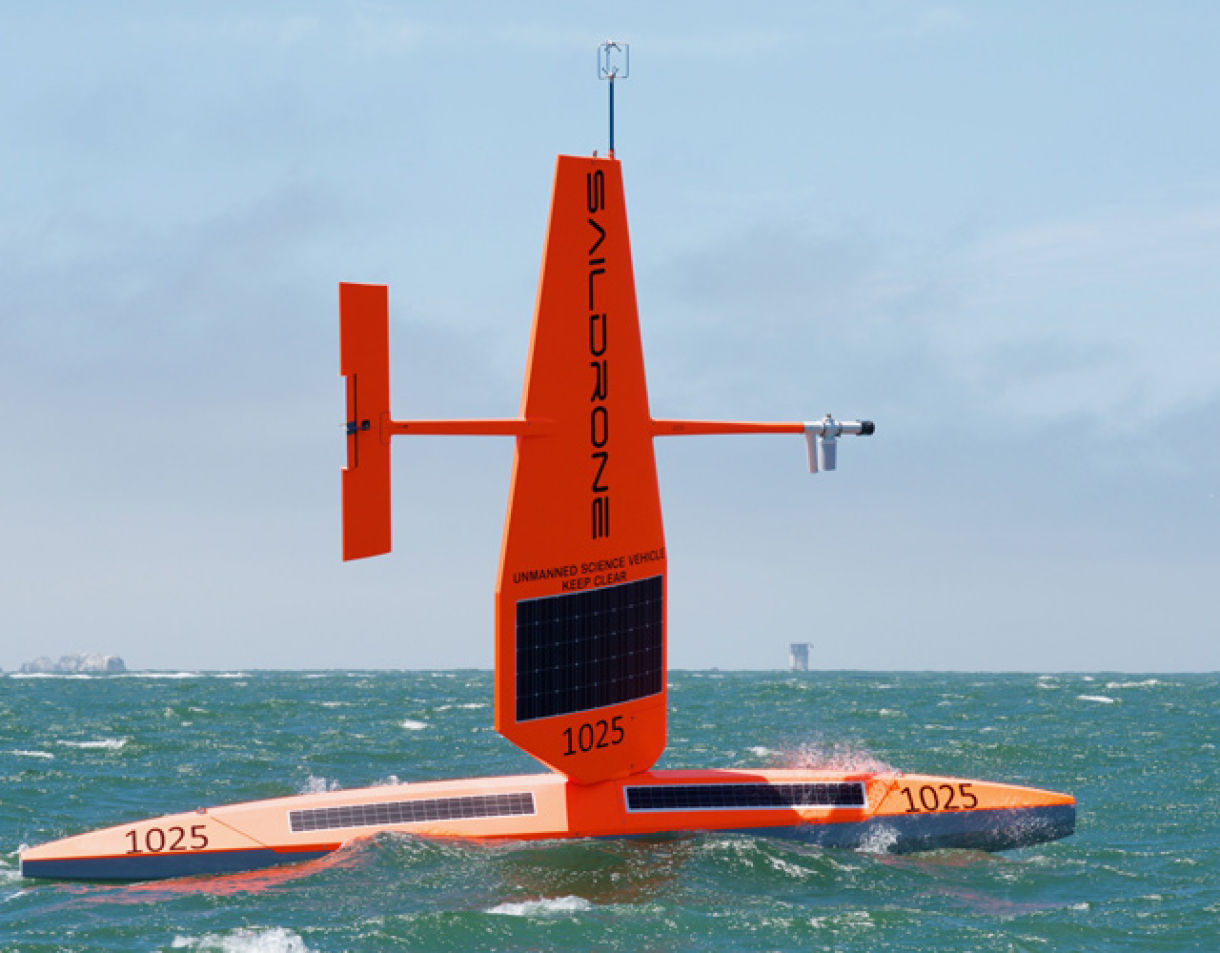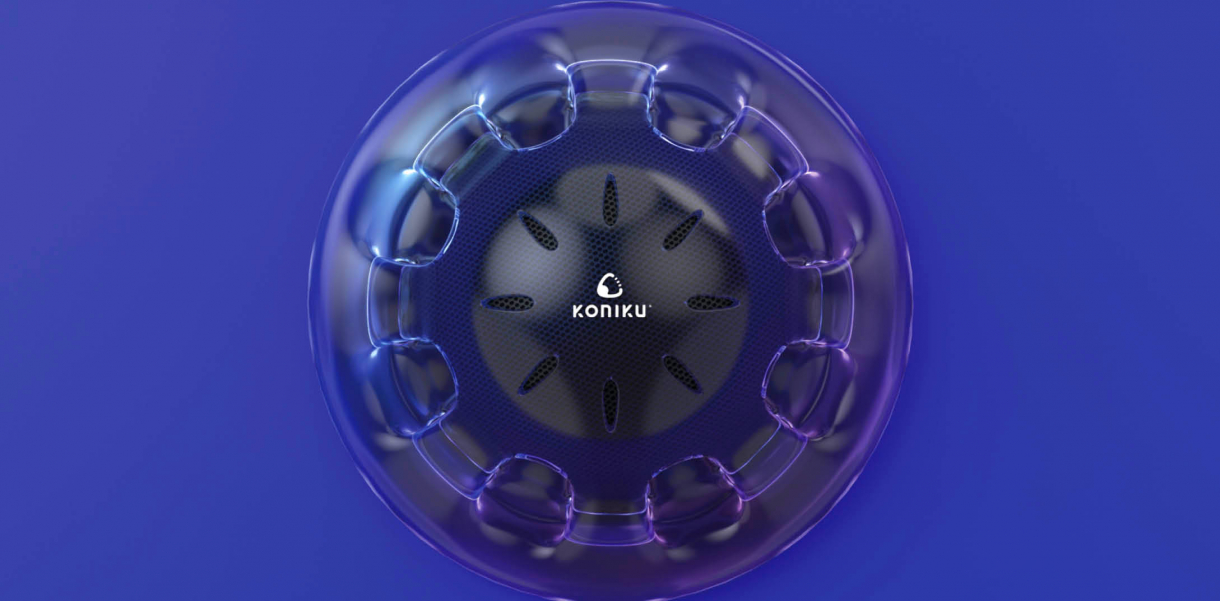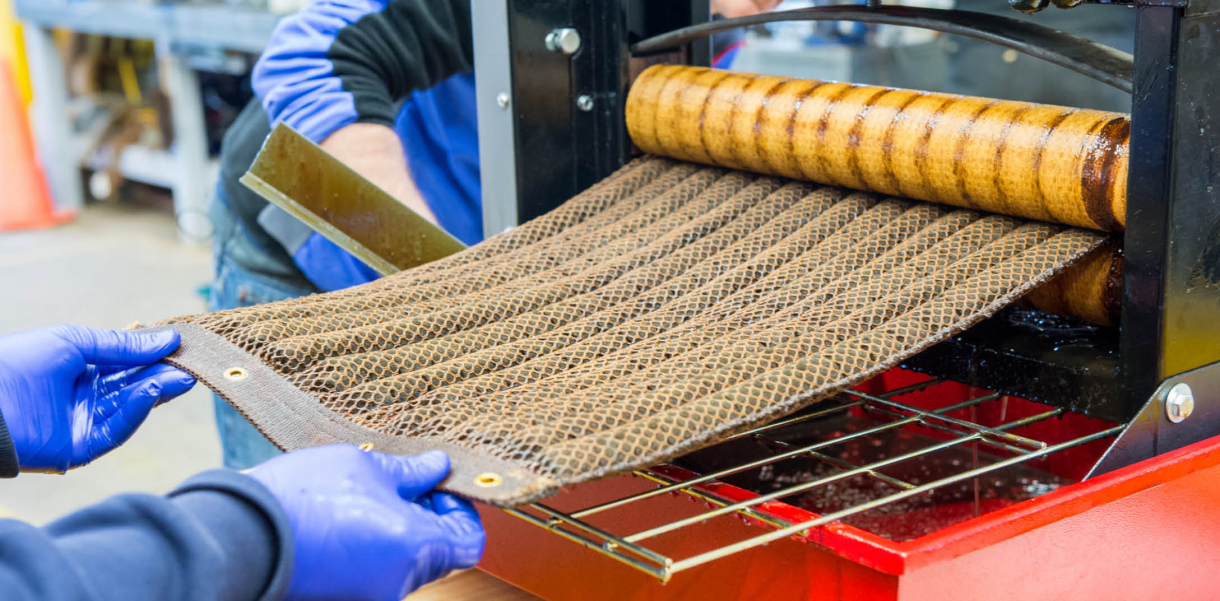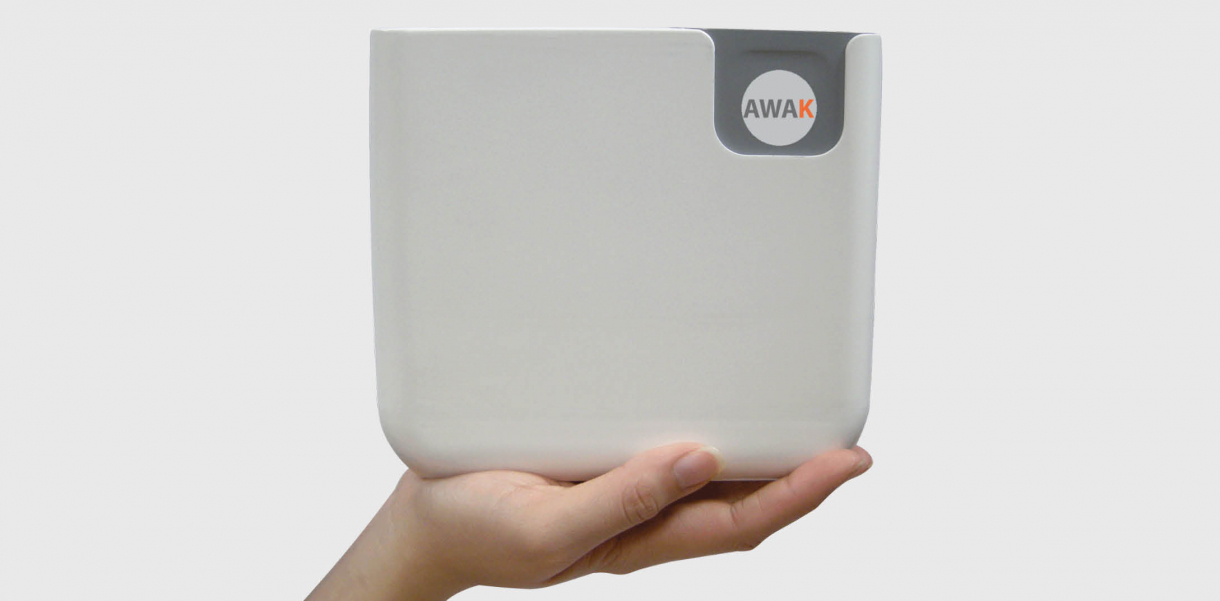It travels more than 100 kilometres per day and can go where no man has gone before. It has sailed next to great white sharks in the Pacific and fur seals in the Bering Sea. It has traced oil spills in the Gulf of Mexico and assessed the health of fish along the North American West Coast. It has even survived typhoons and 24-meter high waves.
Who is this ocean adventurer you may ask? It’s the Saildrone. A wind and solar-powered autonomous vehicle designed to explore. It’s primary goal: to collect and deliver environmental data while keeping us informed about the state of our oceans.
The 23-foot neon-orange ‘sailboats’ catch wind with a solid wing and are packed with sensors, cameras, and scientific instruments. The whole system only consumes under 10 watts of power, harvested by solar panels, which help propel the vehicle across the water.
"We can’t fix what we can’t measure, and we can’t prepare for what we don’t know.”
If all goes to plan, more than 100 Saildrones will be roaming the seas by the end of 2019. Travelling at two to three knots a day, they’ll be able to reach most ocean locations within 30 days from the closest shore. They’ll survey large areas and collect invaluable data about everything from weather forecasting and carbon cycling to global fishing and climate change.
Eventually, the team are planning to roll-out a global fleet of 1,000 Saildrones. These will target full planetary coverage at a 6x6 degree resolution - that means one Saildrone per 360 nautical miles squared. It’s part of a vision they call ‘The Quantified Planet’ that will provide near-real-time planetary scale monitoring.
As the world’s largest high-resolution ocean data set, this will be an invaluable source of information for governments, private companies and top tier science institutions. Enabling better actions towards maintaining Earth’s most valuable resource.
“In a rapidly changing climate, the efficient delivery of environmental data at a high spatial and temporal resolution will become increasingly important,” says CEO Richard Jenkins “After all—we can’t fix what we can’t measure, and we can’t prepare for what we don’t know.”
Designers: Richard Jenkins - Saildrone, Inc - USA
UN SDGs: Industry, innovation and infrastructure & Life below water
Saildrone from The Index Project on Vimeo. Music: Lee Rosevere

